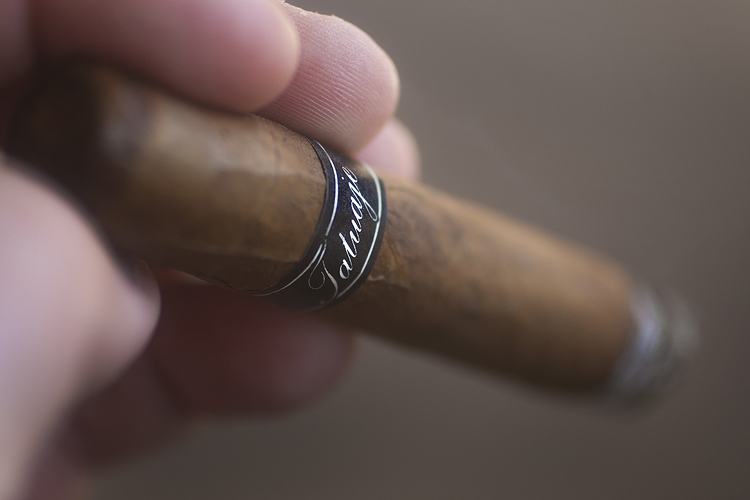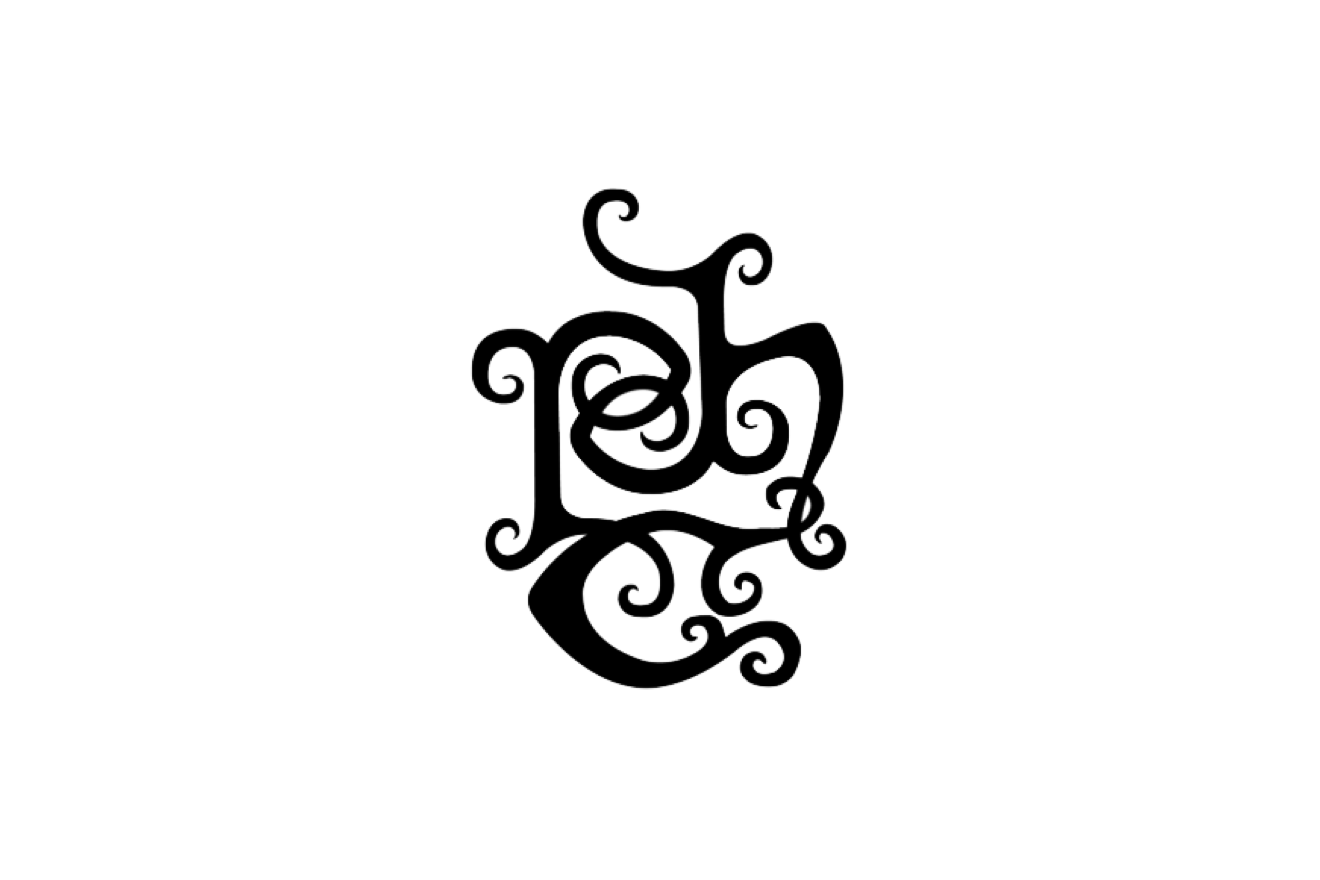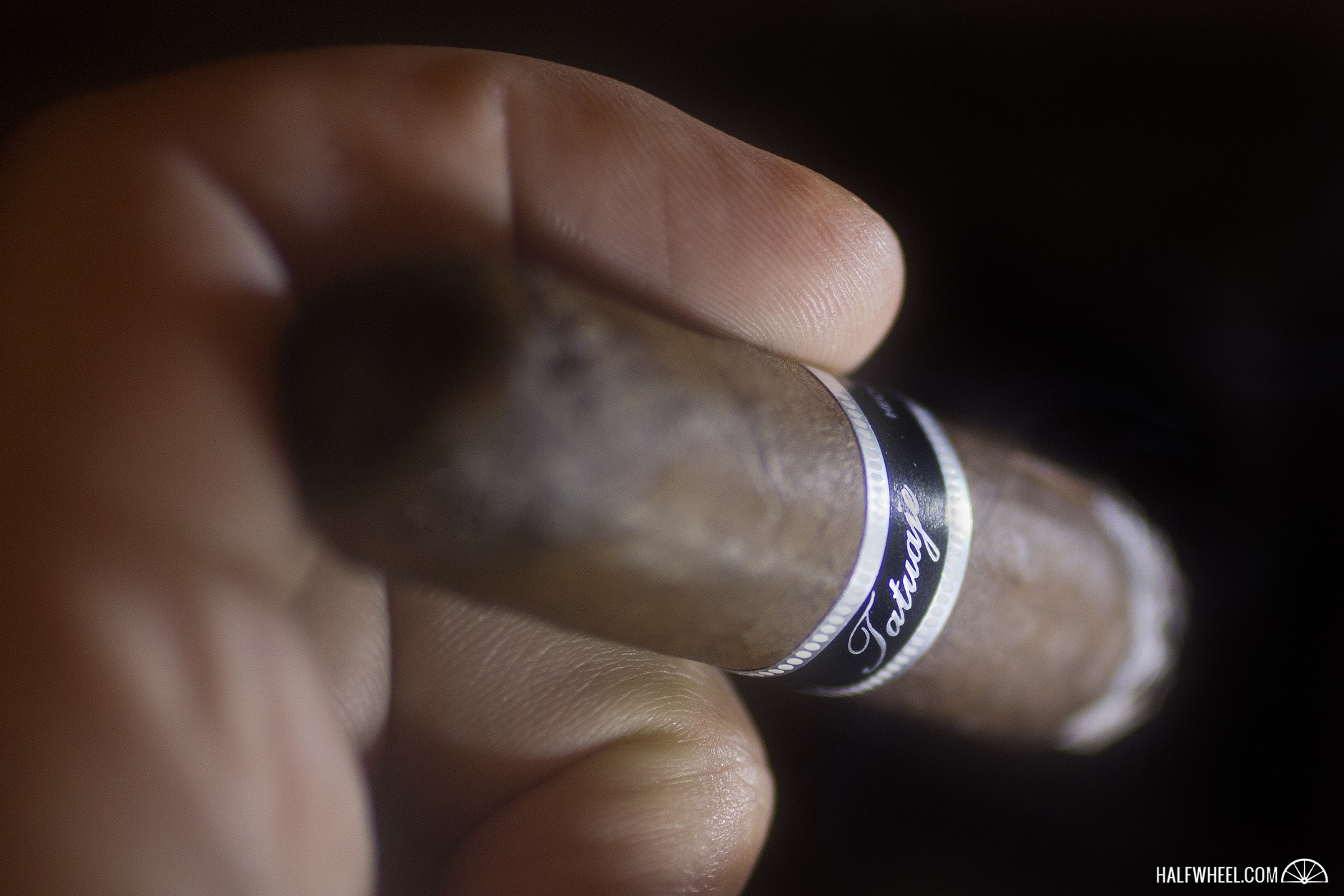One of Tatuaje’s most coveted and talked about blends is the Private Reserve, otherwise known as the Black Label blend. Ever since the original release of the foil wrapped Corona Gordas with covered feet in ceramic jars back in 2008, it has become one of the hottest releases Pete Johnson has produced, and now has ten different cigars in the line.
I described the history of the initial release a few years ago:
In the beginning, there was only one size of the Black Label. The original release Corona Gorda first released in 24-pack bundles in November of 2007 to select Tatuaje dealers. This was followed by the Jar release in the second quarter of 2008, in which 1,000 limited release jars with 19 cigars per jar. In between this time, Pete was known to hand out a second vitola of the Black Label, a Robusto that had the same unfinished foot and pigtail cap. A three-pack of these were also given out to customers who purchased a box of Tatuaje cigars when Pete was present.
For those unfamiliar with the history of the blend, Pete Johnson explained the story behind it a few years ago:
On a recent trip to a famous island known for historic cigar making, I spent my time in a small town enjoying the simple life. Every day was peaceful and every night was festive, with both having cigars involved throughout. My favorite cigar was not a cigar bought at the local store or factory, but a cigar that was handed to me every morning.
Mornings, after taking a shower with a bucket of water warmed with what looked like a curling iron, I would walk to the front of the house and sit on the fence to get some sun and take in the fresh air. I also took in the fact that I was miles from home and no one knew where I was. My phone didn’t work and I had no cares in the world other than trying to decide what to smoke.
My first morning on the island an older gentleman came along on his bike. This was not a motorcycle but something like an old Schwinn that he had likely been riding for decades. This gentleman was well dressed, almost dapper, and I probably appeared to him to be a strange character. My usual outfit of jeans, t-shirt, loads of silver jewelry, and an arm full of tattoos didn’t seem to faze him. He saw I was enjoying myself so that morning, and every morning after that, he would stop and give me a cigar from his shirt pocket.
This cigar was far from being a ‘pretty’ cigar but that did not bother me a bit. It was a treasured and unexpected gift that I was thrilled to be given. After smoking this cigar I realized that this was one of the best cigars I smoked on the island. Later that day in speaking with my host on this trip I came to understand that these cigars were something special to every person who carried them. They were cigars that they made for themselves. Even the guys who worked hard in the cigar factories all day would return home at night and make their private cigars. Simple cigars with flavors they personally enjoyed. Over the course of the next few days my host and I visited his friends and asked for cigars that they made. Before I left I had cigars from a few locals who all used different tobaccos from the different growing regions. They were all great but there was one that really stood out for me as special.
I decided when traveling to Nicaragua to work with the Garcia family that I would try to recreate this special cigar for myself. Together we spent quite some time working on the blend and looking at different leaves for wrapper. The marbled toothy wrapper was perfect for this cigar, rustic looking but with tons of aroma. After smoking the first sample, I was immediately brought back to that island relaxing on a fence, enjoying life, smoking a great cigar. A great cigar that will always in my mind represent the place, the time, and the experience of the purity of the simple life. This cigar may be considered ugly by some but inside that surface roughness it contains such rich flavor and aroma.
Sometimes a cigar is just a cigar. This is a tribute to that cigar.
The ceramic jars that the Corona Gorda originally came in are works of art themselves with the fleur-de-lis in silver accents on a black background. The cigars came wet-packed in foil inside and wrapped in a yellow ribbon.

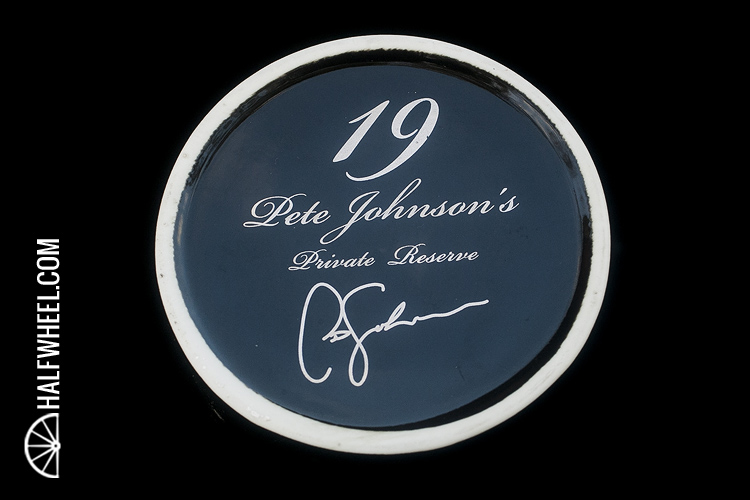
The original release Black Label Corona Gorda was the first of ten Black Label vitolas:
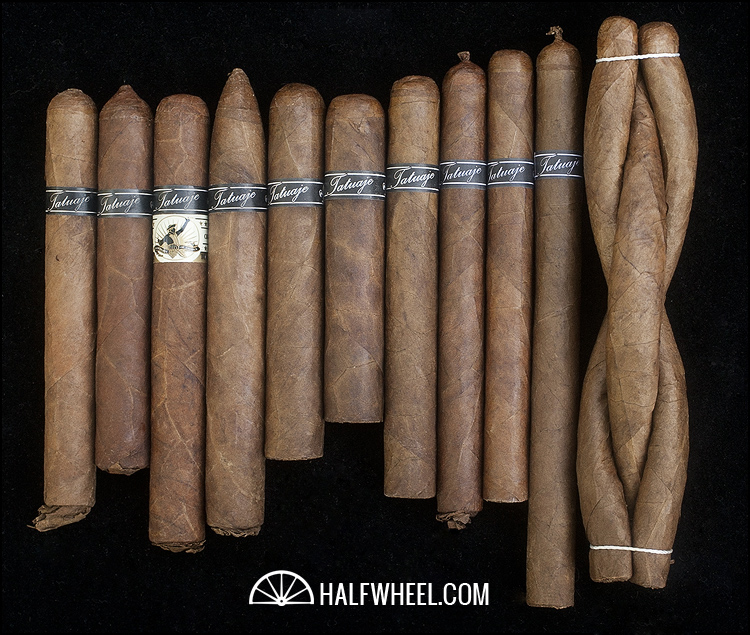
(From left to right)
- Tatuaje Black Label Corona Gorda (Jar/Bundle Closed Foot)
- Tatuaje Black Label Robusto (1st Event Pack-Closed Foot)
- Tatuaje Black Label CRA Toro (Closed Foot)
- Tatuaje Black Label Tubo (Closed Foot)
- Tatuaje Black Label Robusto (2nd Event Pack-Clean Foot)
- Tatuaje Black Label Petit Robusto (2nd Release Pack-Clean Foot)
- Tatuaje Black Label Corona Gorda (2nd Event Pack-Clean Foot)
- Tatuaje Black Label Petite Lancero (Tobacco Grove-Closed Foot)
- Tatuaje Black Label Petite Lancero (Regular Production-Clean Foot)
- Tatuaje Black Label Lancero (The Old Man and the C)
- Tatuaje Black Label Culebra (The Old Man and the C)
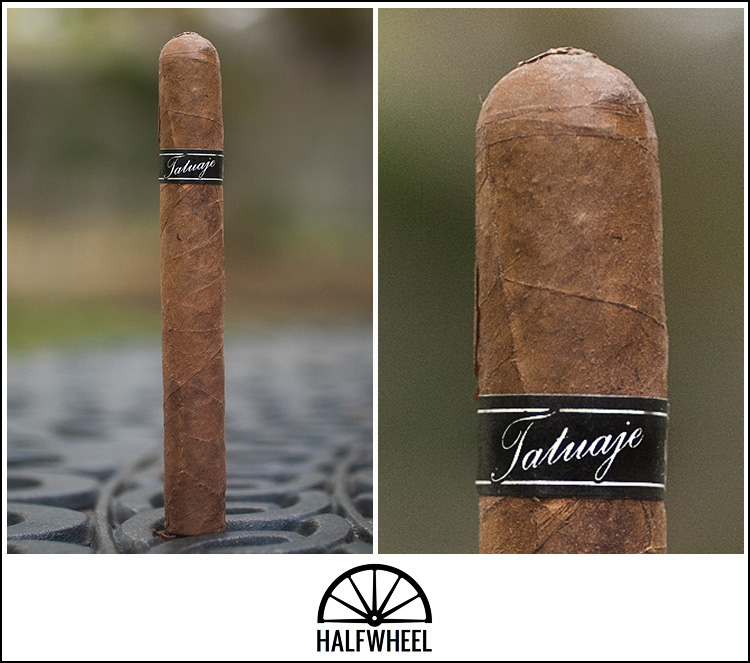
- Cigar Reviewed: Tatuaje Private Reserve Corona Gorda
- Country of Origin: Nicaragua
- Factory: Tabacalera Cubana S.A.
- Wrapper: Nicaraguan Sun Grown Criollo Estelí
- Binder: Nicaragua
- Filler: Nicaragua
- Size: 5 5/8 Inches
- Ring Gauge: 46
- Vitola: Corona Gorda
- MSRP: $12 (Jars of 19 Cigars, $228)
- Date Released: 2008
- Number of Cigars Released: 1,000 Jars of 19 Cigars (19,000 total cigars)
- Number of Cigars Smoked for Review: 2
The Tatuaje Black Label is a sight to behold with a marbled medium brown wrapper very rough to the touch, a nipple cap and a covered foot. It is quite hard when squeezed and the Estelí wrapper smells strongly of sweet cedar, barnyard, leather and a bit of cream.
The first third of the Tatuaje Black Label Corona Gorda starts out with strong notes of cedar, leather, earth and nuts. There is a tad bit of cinnamon on the retrohale, but it is lacking any heat and there is just a tiny amount of spice on the lips. I can taste a nice sweetness underneath all of the other flavors, but it is so slight at this point that I cannot place it as of yet. The burn is perfect—but the draw is just a tad tight—and I am hoping it will loosen up as the smoke goes on. The ash is very well formed and stays on for almost the entire first third. Overall strength ends the first third under the medium mark.
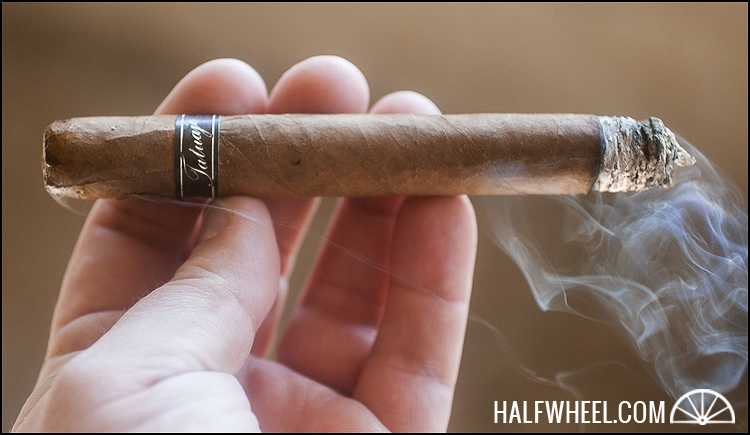
Coming into the second third, and the profile shifts a bit, becoming noticeably creamier and slightly sweeter. Flavors of aged cedar, espresso, leather, earth and chocolate are evident. The cinnamon on the retrohale has increased just a bit, although there is still no heat behind it. The sweetness has neither increased nor decreased, and I still can’t place it. The burn remains almost perfect and the draw has opened up a bit as I hoped. The strength has increased, but not by leaps and bounds, and ends the second third at a solid medium.
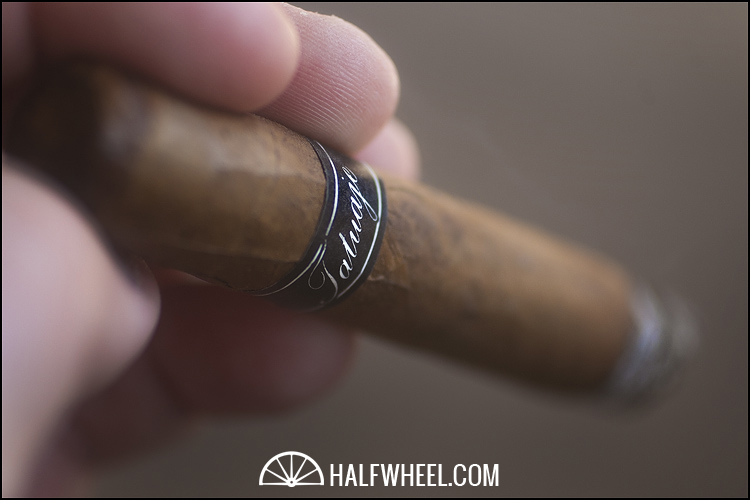
The final third starts out the same as the second third with cream and cedar dominating the profile. However, as the Corona Gorda burns down the nub—the profile starts to pick up more and more pepper on the retrohale—and the flavors start to turn more earthy and less sweet. I can still taste the signature cinnamon note, but as before, it is more of a background note, and not a major player. The construction remains wonderful, and the strength bumps up a little to end at the medium plus mark.
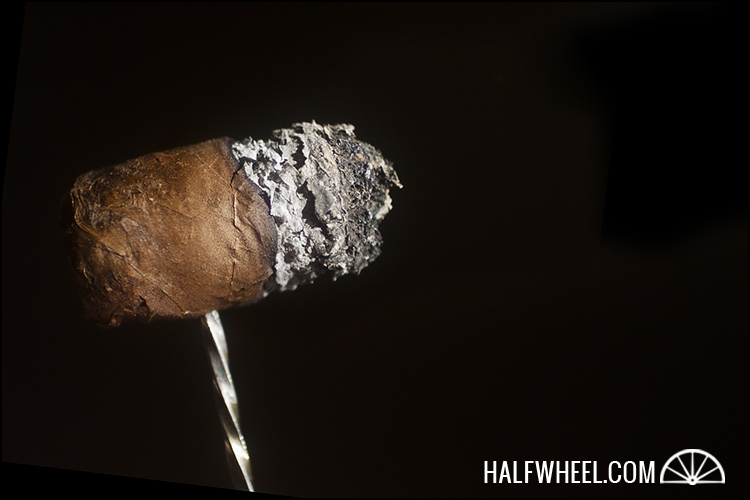
Final Notes:
- I have smoked more than 30 of these specific cigars since they were released. I purchased a full jar and a bundle sans jar when they were released. I usually smoke around one every month and a half it seems.
- I noticed the profile was getting more muddy as early as 2011, but held on smoking them to make sure.
- I have always felt that the Black Label blend works best in smaller ring gauges.
- Since these were originally released, there have periodically been rumors that there would be a “Refill the Jar” program, i.e. a release only for people who owned the original jars. This has never been mentioned as a serious possibility by Pete Johnson, as far as I know.
- The Black Label Corona Gorda was the first official Tatuaje release with a so-called nipple cap. As of this point in time, there have been only four cigars with the nipple cap: the original Black Label Corona Gorda, the original Black Label Robusto from the first event pack, The Face and the Baby Face.
- Pete Johnson has always said the sun grown wrapper used on the Black Label blend is supposed to be rough, both in how it looks and how if feels.
- While this was not the first cigar with a covered foot, I think that due to its popularity, it was probably the first time some smokers who bought them had seen an example of one.
- Over the last 12 months, the price of the Black Label Corona Gorda has actually seemed to have decreased from $25.00 to around $20.00. In some instances, the Corona Gorda has been offered for $20.00 a piece without selling, which wasn’t always the case 18 months ago. That being said, the going rate for intact jar is still right at $1,000.00.
- The construction on almost every sample I have smoked of these cigars—and the Black Label releases in general—has always impressed me and these samples smoked for this review are no different.
- When looking at each covered foot in both of my bundles, and in some of the samples of the prerelease bundles, there is a huge discrepancy in the amount of wrapper that is hanging off of the foot. The sample I photographed for this review had one of the longest examples I had seen.
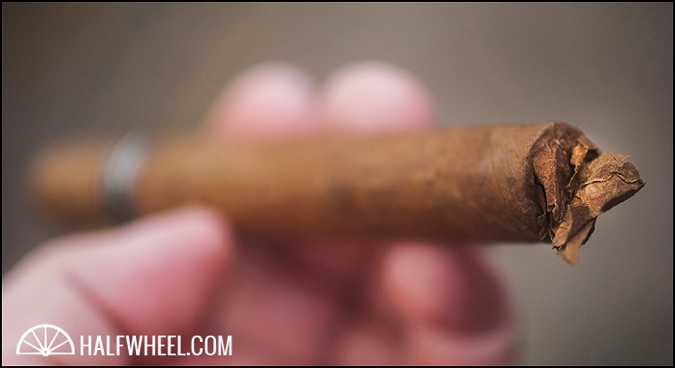
- The ash was extremely well formed and stayed on for more than a third of the cigar before falling for the first time.
- Pete Johnson has said publicly that he is planning on releasing the Black Label blend in the original Corona Gorda vitola in jars, albeit not ceramic ones, for Tatuaje’s upcoming 10th year anniversary, which is in 2013.
- The final smoking time for each of the Tatuaje Black Label Corona Gordas averaged one hour and 25 minutes.
- If you are interested in purchasing any of the Tatuaje Black Label Corona Gordas, the only place you can find them for sale at this point is on the secondary market.
- Editor’s Note: I begged Brooks to review this cigar and he continued wanting to put if off given the near universal opinion—and the one he holds—suggests the Corona Gorda is not what it was once. That being said, we (halfwheel) seem to mention the Black Label Corona Gorda in nearly every other Tatuaje review—and given Brooks’ knowledge of the blend—it seemed right he review it. In addition, given how this cigar is regarded across forums, it seems right that new smokers be made aware the Corona Gorda is not as well liked as it once was, and perhaps spending as much as $50 per cigar is not the best of ideas for non-collecting purposes. – Charlie.
When this cigar was released in 2008, I considered it to be one of the best non-Cuban cigars ever created and I would have given it at least a 95. Four years later, it has now reached almost mythical status with almost review I have read putting it very high on reviewers personal best of lists. Having said that—in my opinion—the Corona Gorda as it is now is a shadow of its former self. The flavors that made it great are still present, but they are muted and muddy, and not as complex or as distinct on the palate as when they were fresh. Is it still a very good cigar? Yes indeed, and it is still well worth tracking down. But the profile has changed noticeably from its heyday, and I expect they will just continue to decline. If you have any of these, I suggest you smoke them now.

